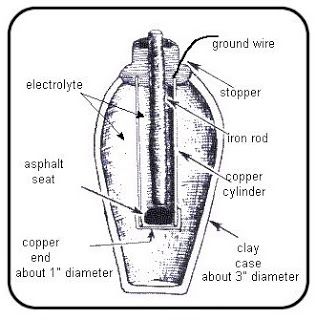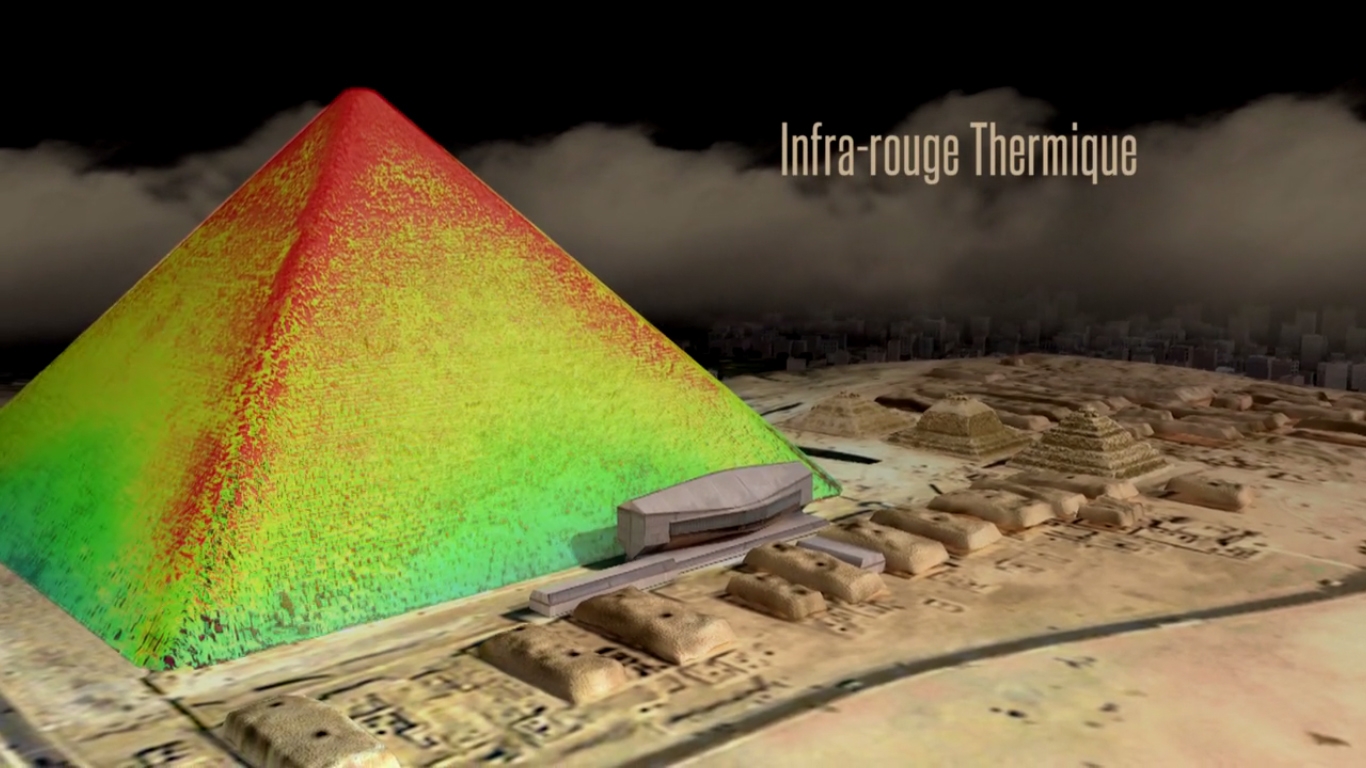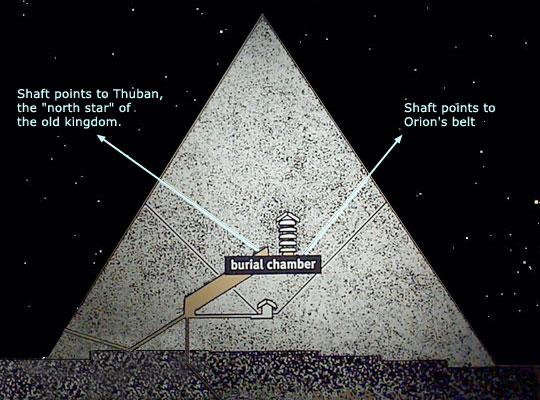5 Ancient Technologies Way Ahead of Their Time
/The ancient world is full of wonders that the modern age cannot compete with. The great civilizations, the larger than life monuments, and the fascinating stories told about an age gone by has been the subject of many movies, documentaries, and studies. Who could argue against the revolutionary system of the aqueducts that the Romans introduced that was the precursor to modern-day irrigation? Who could introduce something much better than the discoveries and theories posed by Aristotle that became the cornerstone of what we know today as the study of Physics?
While the modern age does have technology that brings information to us faster than lightning, we should not fail to remember that it was the ancient world that opened the doors to the advancements we have today.
Doors that, in some ways, are considered too advanced for a civilization that we believed to be quite Paleolithic compared to our century. Who would think that people in the ancient world would be able to invent an early concept of an aircraft thousands of years before the first Wright Brothers prototype left land?
#5 — The Baghdad Battery
Let’s start off with one of the most famous archeological finds on the subject. Discovered in the 1930s in a region called Khujut Rubu’a just outside Baghdad, the so-called “Baghdad Battery” was a wonder to behold considering that electricity and its uses would not have been discovered 2000 years after these batteries came into existence.
The batteries discovered consisted of a clay jar with an asphalt stopper. Through the center of the stopper ran an iron rod that was surrounded by a copper cylinder inside the jar. It is believed that if the jar was filled with an electrolytic solution like vinegar or lemon juice, the battery would be able to produce at least 1.1 volts of electricity.
A volt may not be enough to power a home or a machine that relied on electricity, but archeologists and historians believe that it may have been used for purposes of electroplating since artifacts with very thin layers of gold and silver have also been unearthed in digs; artifacts that may reinforce the notion that the batteries were ancient power tools.
On the other side of the spectrum, some experts disagree that the Baghdad Batteries are, in fact, “batteries” since they found no conclusive evidence as to where they might be used or what they might be used for.
Some scholars claim that the jars were more likely to be a sophisticated means of keeping scrolls and papyri and that the acidic residue found at the bottom of the clay jars were nothing more than decomposed scrolls and papyri. Whatever the claim, the Baghdad Batteries still confound and astound historians and archeologists to this very day.
#4 — Central Heating
The Greeks were pioneers on almost anything you can conceive of that helped build Western Civilization and among those was the technology for central heating. It may sound trivial and inconsequential when compared to the Grecian contributions in mathematics, science, and philosophy but the idea of such a technology is quite remarkable given that even the concept of it is something unheard of at that time.
Called by the ancient Greeks as hypocaust or “under burnt,” the technology was first employed in the Temple of Ephesus in 350 BC. Later on, the trend caught on, and it was the Romans who managed to apply it on a larger scale from their temples to the homes of the wealthy, to the public baths, and to government buildings.
The hypocaust was created by making a structure just beneath the floor of a building. This structure would consist of pillars that would raise the structure's floor. On top of these pillars would be tiles that are covered in a layer of concrete; above it is the floor of the building itself. A furnace would then be lit, and the combination of hot air and smoke would rise and be trapped in the space between the floors. To heat multiple levels of a building, the smoke would find its way through a series of clay flues that act as pipes. What’s even more ingenious about how the Romans used the hypocaust is they built bronze ventilators that could be used to regulate temperatures.
If this system sounds too labor intensive and expensive, it’s because it is. Slave laborers would have to constantly maintain the fire at just the right temperature and the right level of comfort for people in the building or home.
#3 — Antikythera Mechanism
Recovered in a shipwreck in 1901, the Antikythera Mechanism was among several other, heavily crusted artifacts salvaged from the sea. The Mechanism is of particular interest because of its more than complicated construction.
Taking years of research by experts and studies about Babylonian records on eclipses, it was later confirmed that the Antikythera Mechanism was the world’s first computer.
The Mechanism features a fixed ring dial on its front face that is called the ecliptic or the twelve zodiac signs that are equally marked off on 30-degree sectors. This construction closely resembles the Babylonian method of assigning 1/12 of the elliptic to each sign despite the fact that constellation boundaries were quite variable.
Outside of the ring dial, the device uniquely features a rotating ring that marks the days and months of the Egyptian calendar.
The Antikythera Mechanism closely resembles a modern-day clock with a large circular front face and a knob on its side which manipulates winding parts. When the knob is turned, at least seven different clock hands – one for the moon, one for the sun, and five for the five planets that the Greeks were able to see - would move and display the celestial time. Not only did the device show which stars rose and set on a given date but also the phases of the moon.
It was an extremely complicated device, and even though its pieces have given clues and ideas of how it worked, experts can only guess how it was put together with its highly intricate system of gears inside.
#2 — Ancient Seismoscope
Earthquakes are one of nature’s most unpredictable forces, and scientists have been trying to crack the mystery of foreseeing an oncoming tremor with little results for nearly 2000 years. However, the answer to their quandary may well be in a device used by a man named Zhang Heng in 132 AD.
This ancient seismoscope was able to detect earthquakes from long distances, and it was also able to predict, with an almost pinpoint accuracy, which direction the tremors are. Even more remarkable is the fact that the device was able to detect earthquakes in areas even when no tremors are felt.
The construction of the device looked fairly simple and can be mistaken for a large vase or urn. It was made of bronze and was six feet in diameter. Around the body of the device were eight dragon heads, each marking the main directions of a compass; each dragon had a small ball clamped in its mouth. Sitting directly beneath the dragons were eight toads with their mouths open towards the dragons.
When a tremor happened, one dragon would drop its ball into the gaping toad indicating where the earthquake was. In one story in 138 AD, the seismoscope detected tremors west of Luoyang, but no one sensed the slightest movement there. A few days later, a messenger from the region brought news of an earthquake which proved the device’s accuracy to the people of the time.
To this day, there is no clear understanding of how Zhang Heng’s device worked. In 2005, a group of scientists recreated the device with supporting theories and discovered that it worked as well as modern seismometers; something that, no doubt, surprised them.
#1 — Ancient Flying Machines of Egypt and South America
There are two separate stories that suggest a mind-blowing conclusion: the ancient Egyptians and the early civilization of South America had flight technology that predates the machines of Leonardo Da Vinci and the Wright Brothers.
If we are going to talk about technology that is way ahead of its time, then planes and flying machines take the top spot on this list. For thousands of years, mankind has pondered on the idea of flying and how he may be able to do it one day. From Greek philosophers to stories like the tale of Daedalus and Icarus, the flight has been one of the things man has been obsessed with before the invention of the first aircraft.
In South America, the idea that they may have had an early concept of a flying machine came in the form of the jewelry produced by the Chimu culture, now Colombia, 2000 years ago. In one design, a pendant was crafted in the shape of, what looks like, a modern-day aircraft with a cockpit, delta wings, and tail fins. However, considering that the Chimu took their design inspiration from birds, it is highly unlikely that they have created a machine but having such a design that echoes a modern-day aircraft does command a little bit of merit.
In Egypt, there is also a similar case. A wooden falcon was discovered after it was unearthed in Saqqara by an Egyptian doctor name Khalil Messiha. He claimed that the device had exceptional flight properties and characteristics. Unfortunately, Messiah's claims were exaggerated and over-inflated until the wooden toy was held as an example. As experts dug a little deeper, the wooden carving was discovered to resemble wind vanes used on masts of Egyptian riverboats.
Though there still needs more light to be shed on this and whether or not these so-called machines are real or just the product of creativity, what is fascinating is that given some ancient technologies that have been unearthed over the years from ancient batteries to seismoscopes, a flying machine is not that far-fetched.
Sources:
http://historycollection.co/ancient-technology-centuries-time/
http://www.messagetoeagle.com/10-remarkable-advanced-ancient-technologies-ahead-of-their-times/
http://io9.gizmodo.com/5554053/five-ancient-technologies-that-were-ahead-of-their-times











































